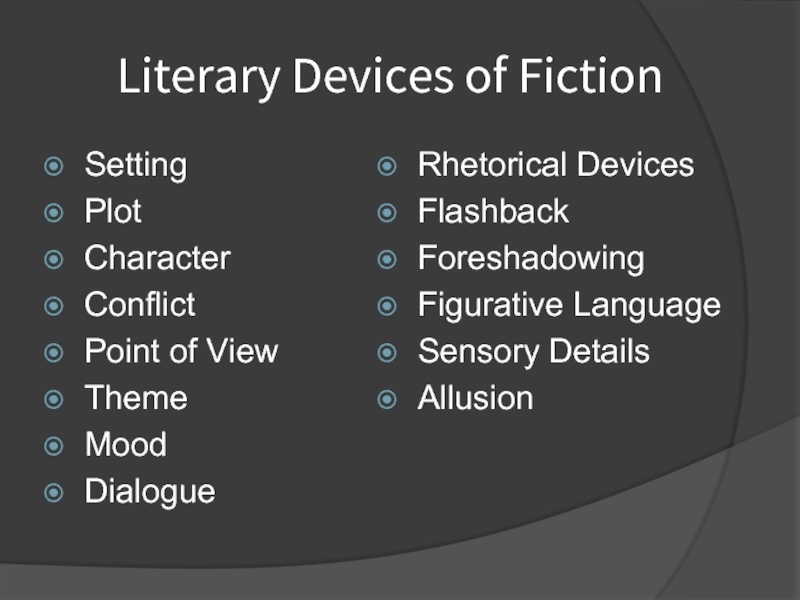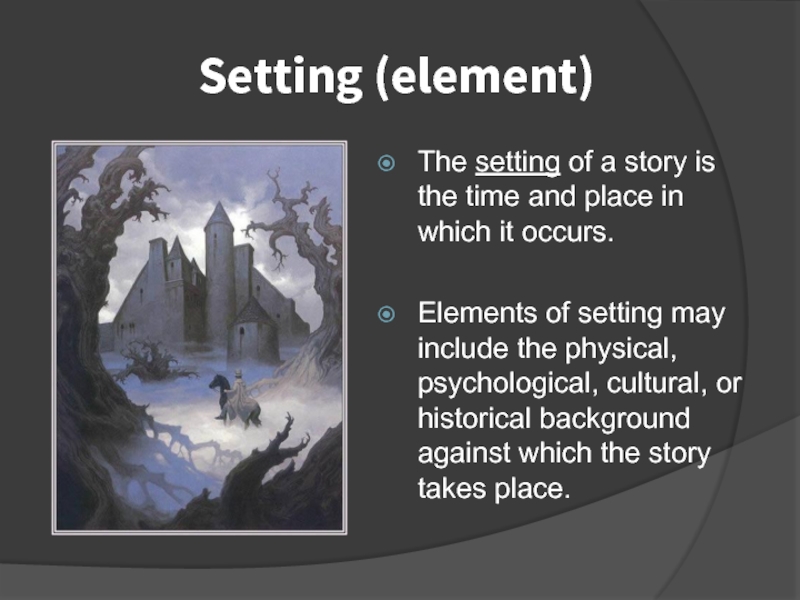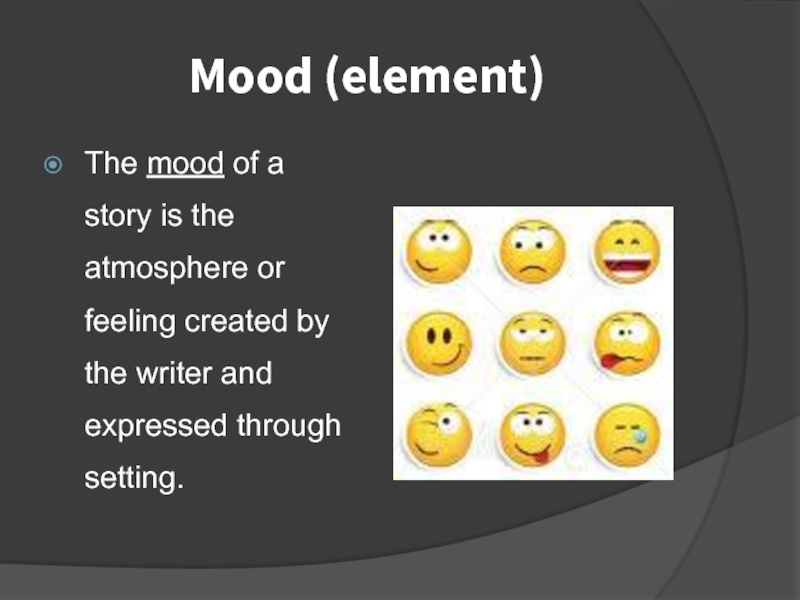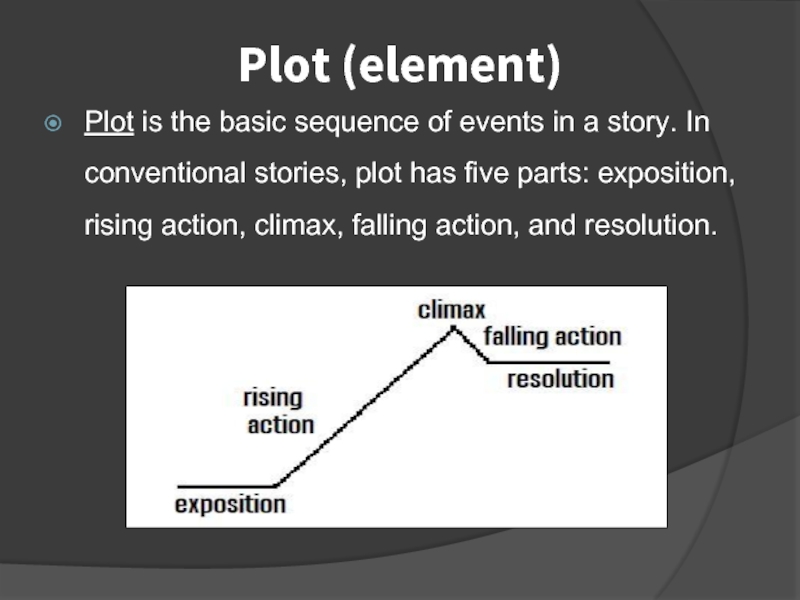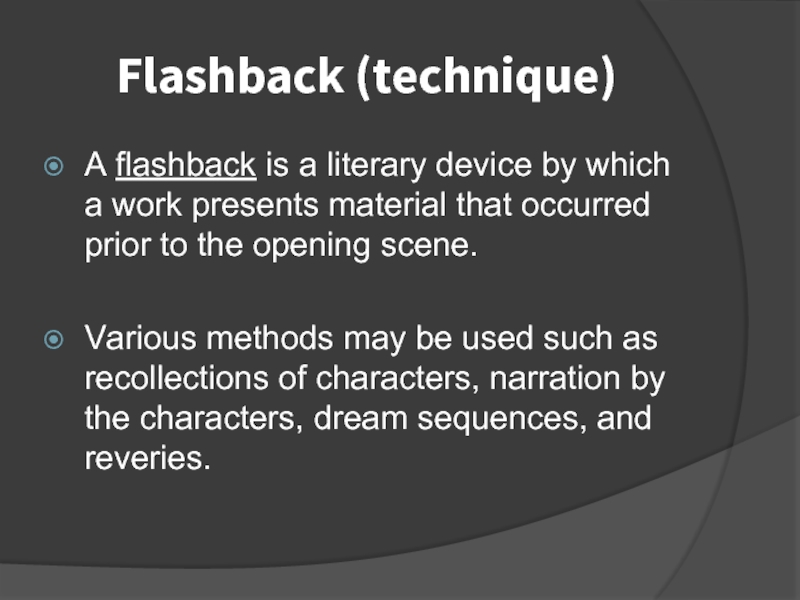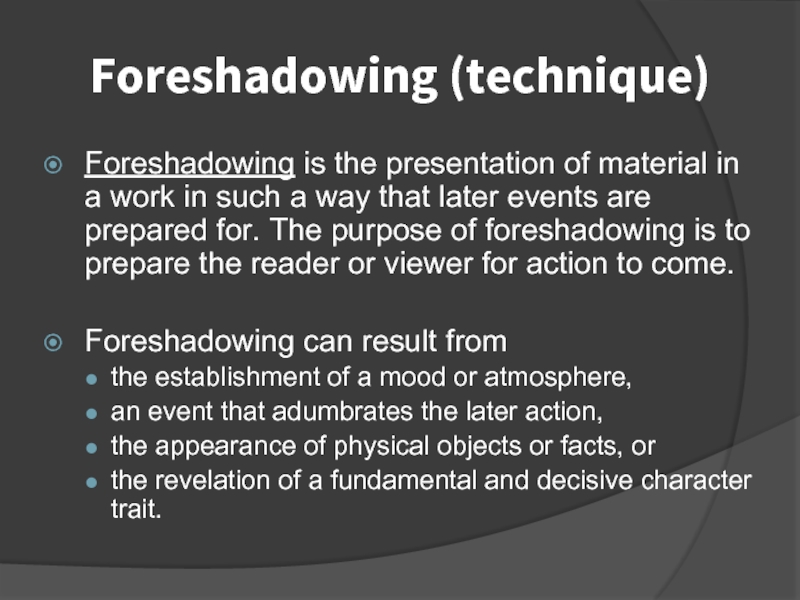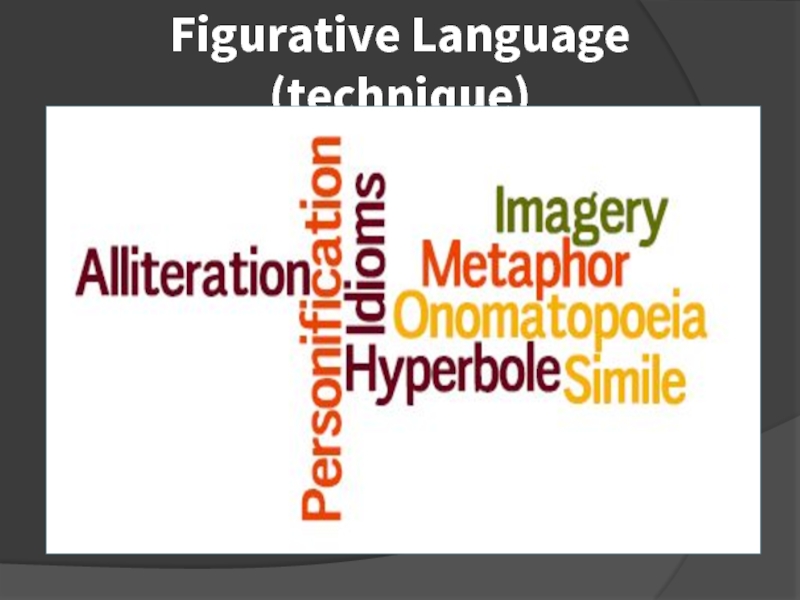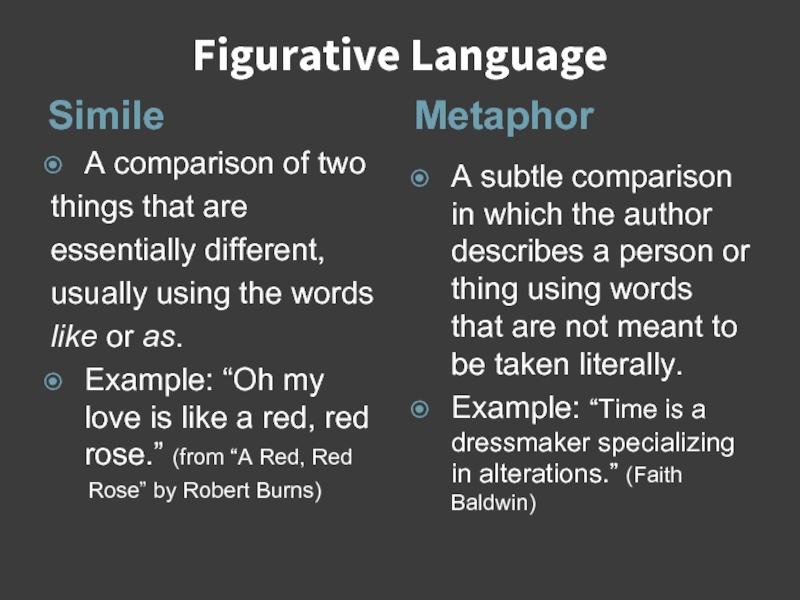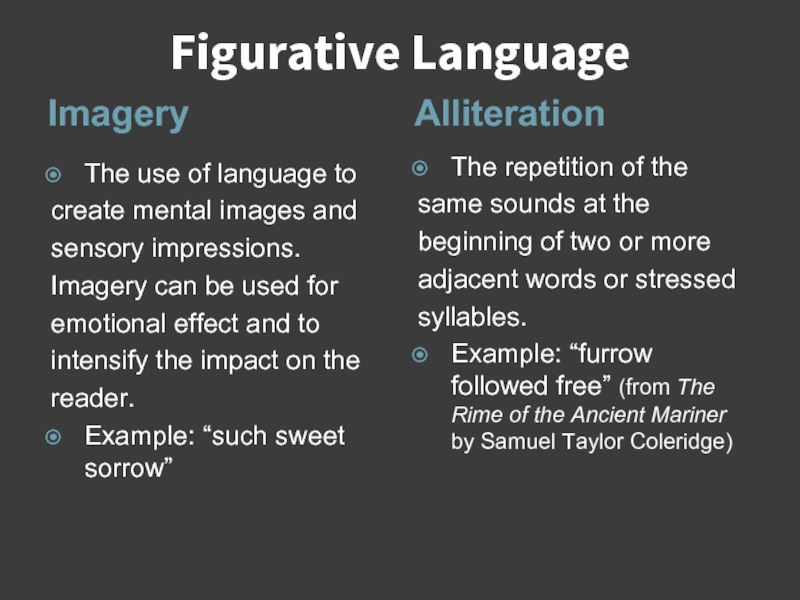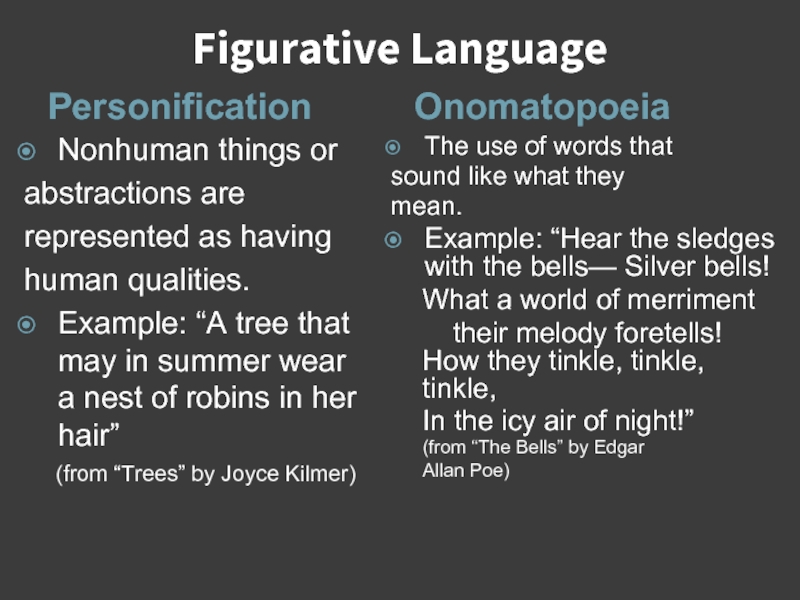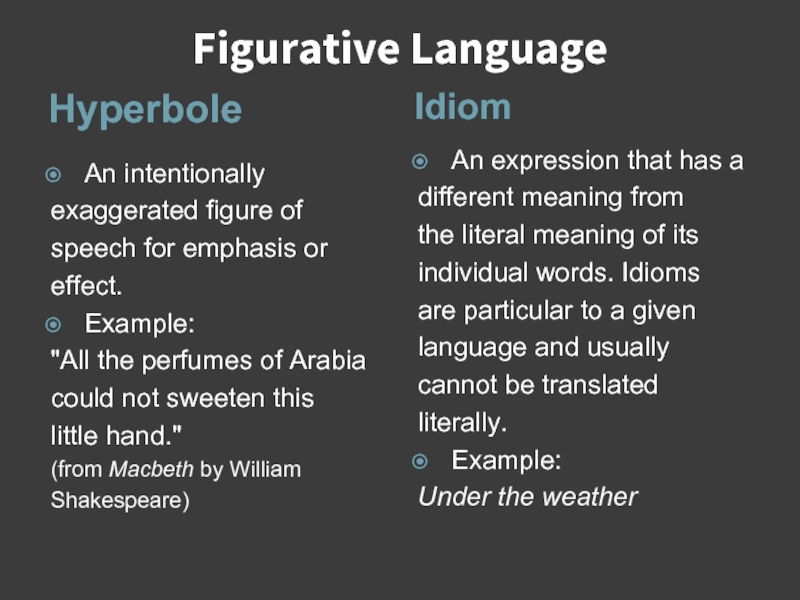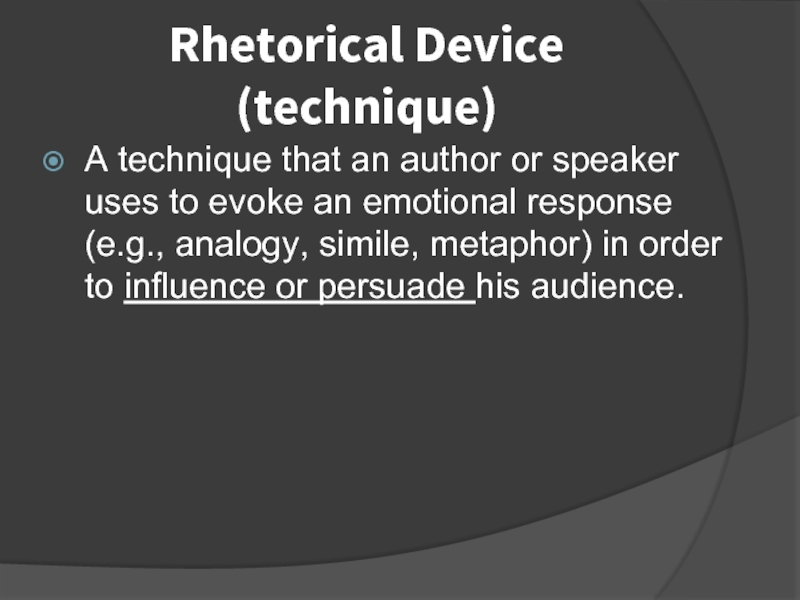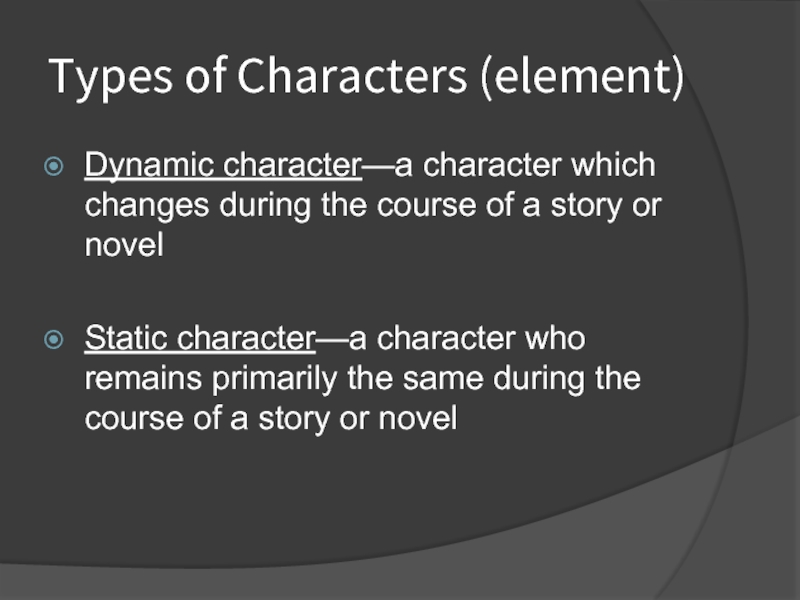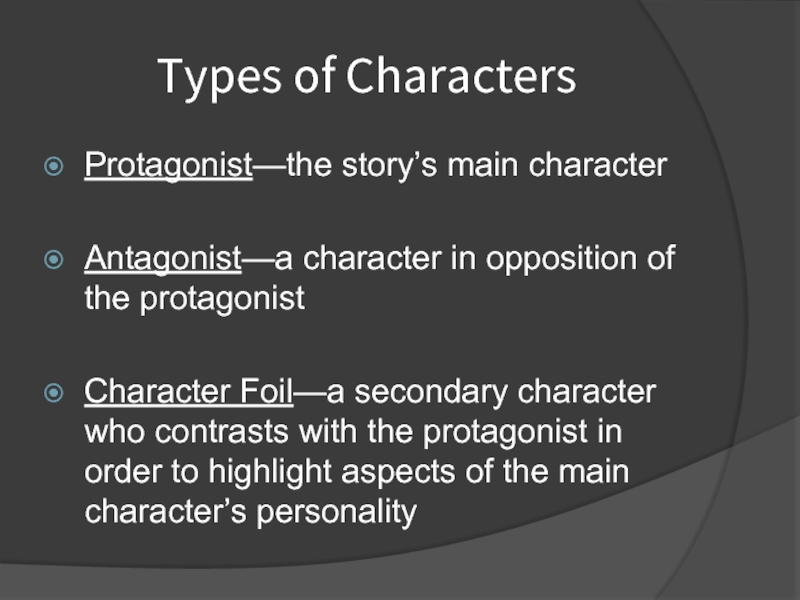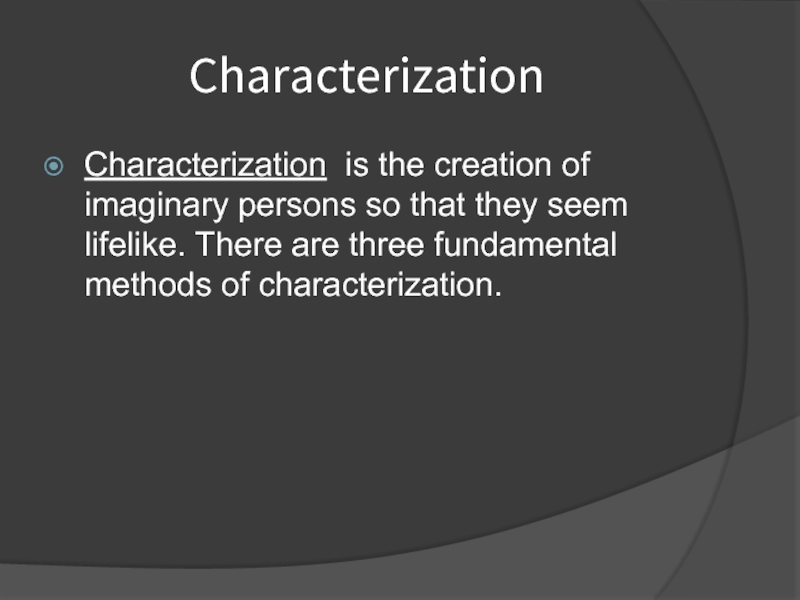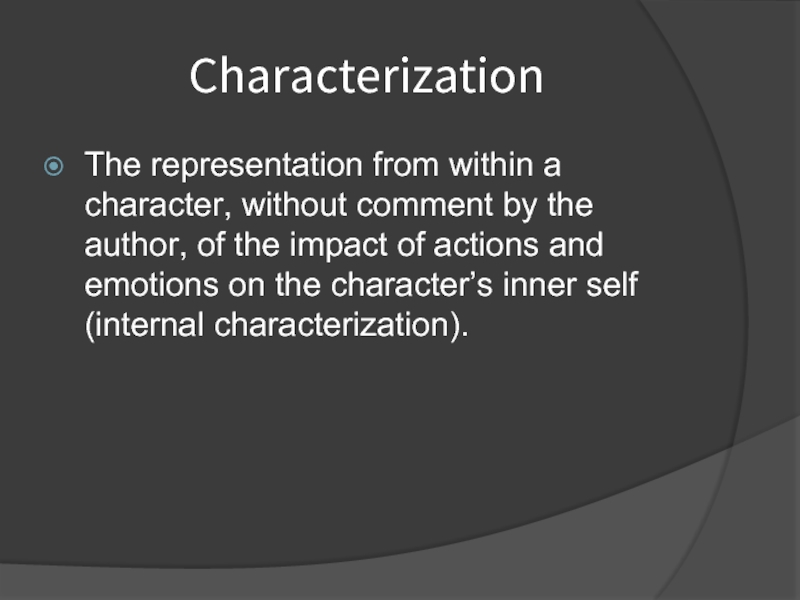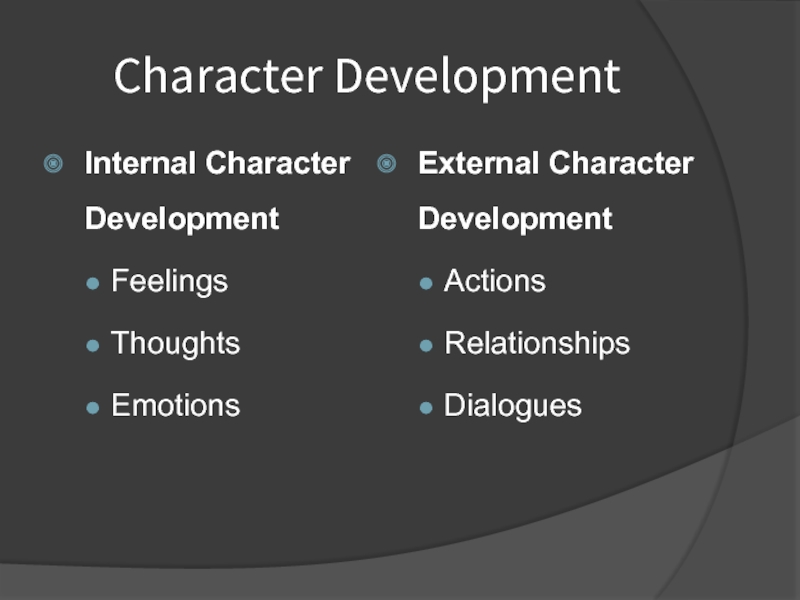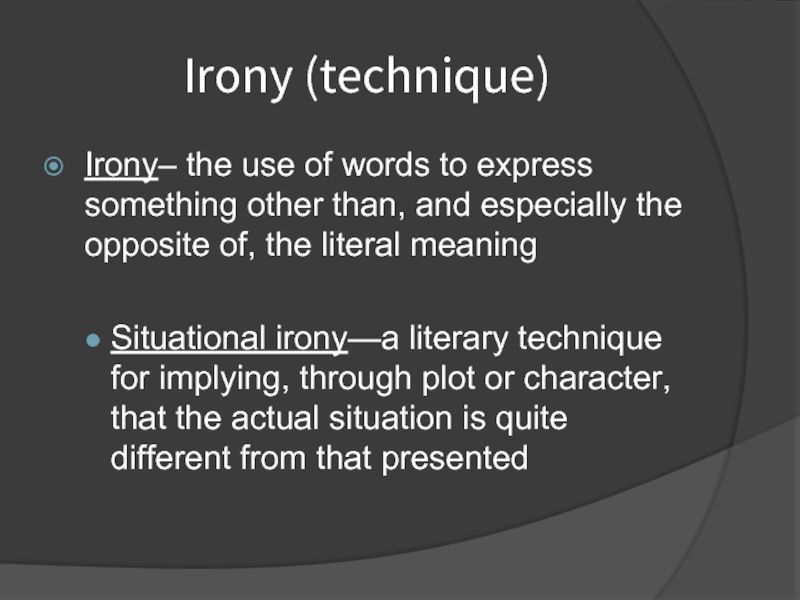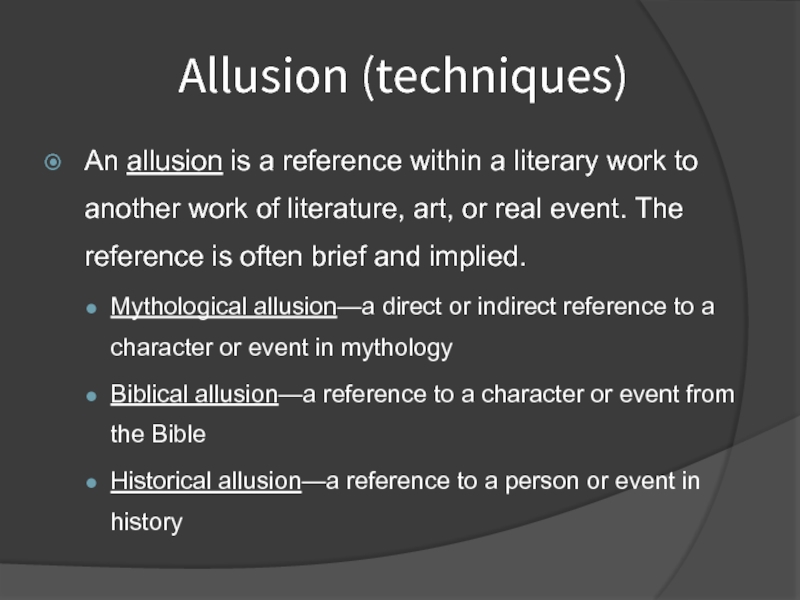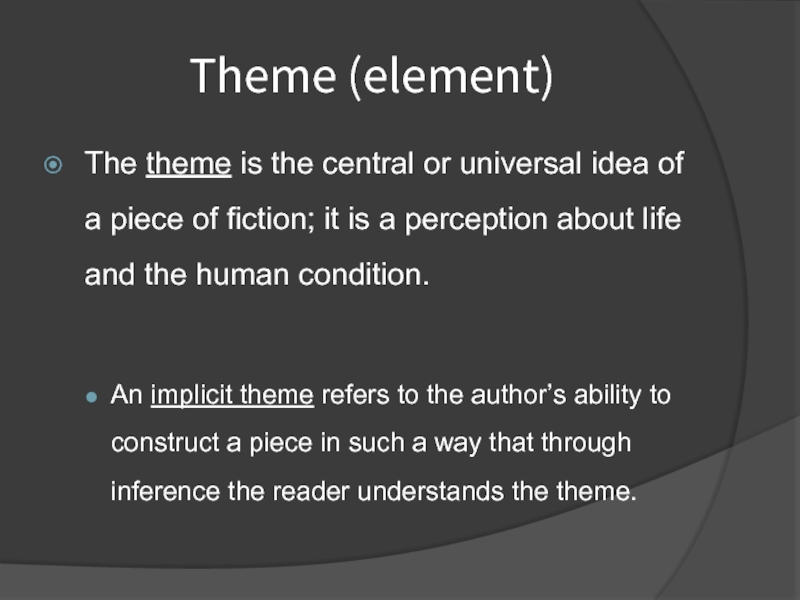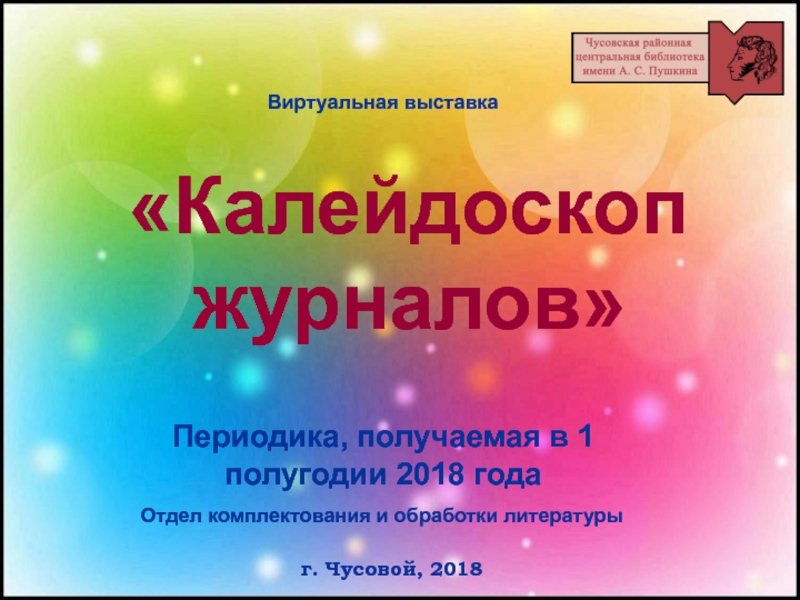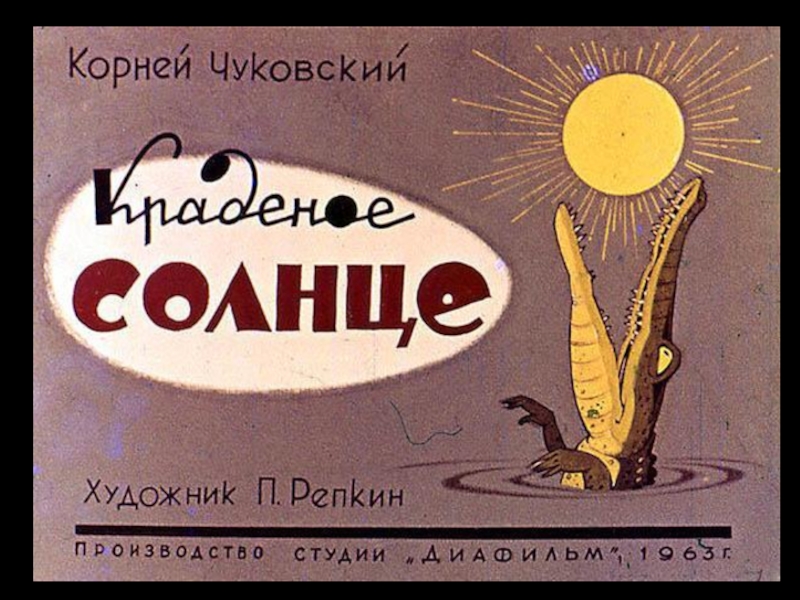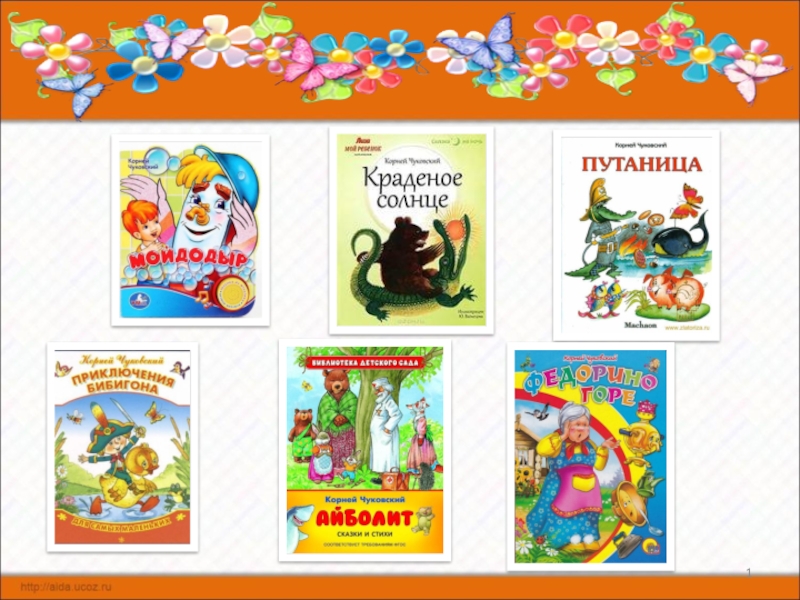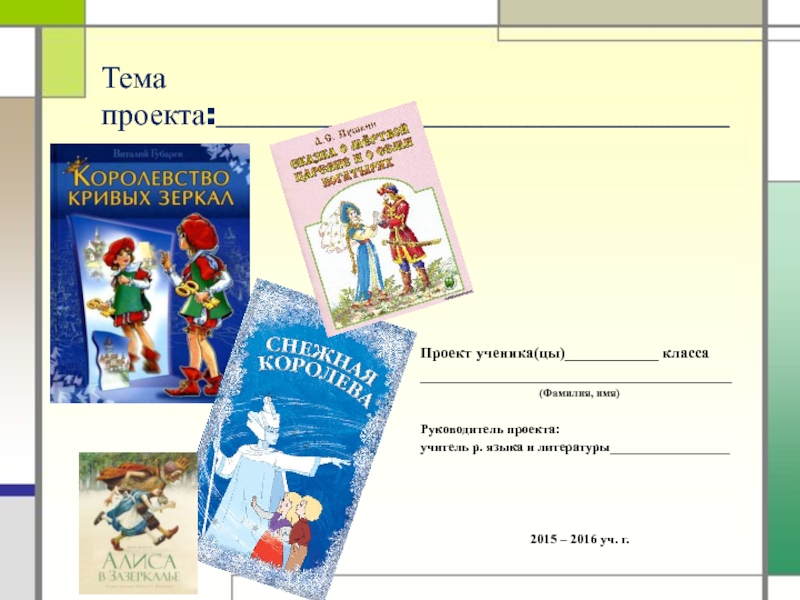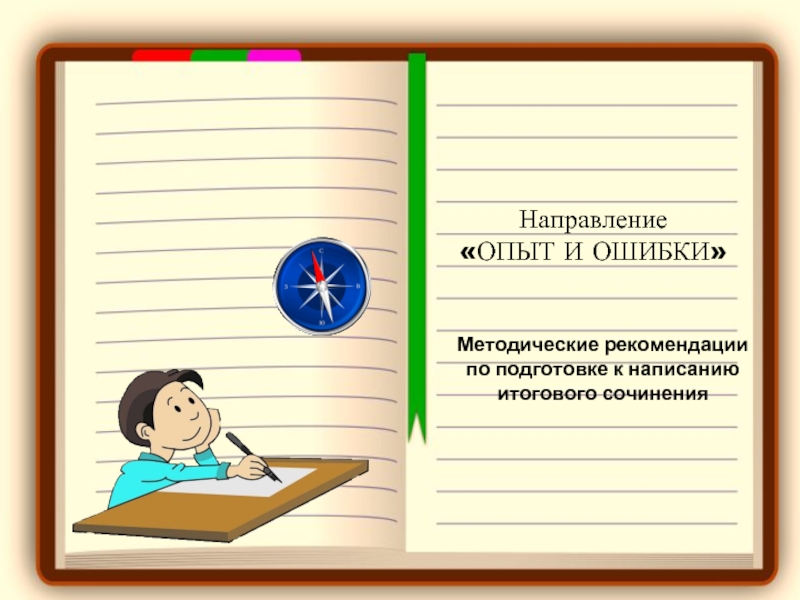- Главная
- Разное
- Дизайн
- Бизнес и предпринимательство
- Аналитика
- Образование
- Развлечения
- Красота и здоровье
- Финансы
- Государство
- Путешествия
- Спорт
- Недвижимость
- Армия
- Графика
- Культурология
- Еда и кулинария
- Лингвистика
- Английский язык
- Астрономия
- Алгебра
- Биология
- География
- Детские презентации
- Информатика
- История
- Литература
- Маркетинг
- Математика
- Медицина
- Менеджмент
- Музыка
- МХК
- Немецкий язык
- ОБЖ
- Обществознание
- Окружающий мир
- Педагогика
- Русский язык
- Технология
- Физика
- Философия
- Химия
- Шаблоны, картинки для презентаций
- Экология
- Экономика
- Юриспруденция
Literary devices of fiction презентация
Содержание
- 1. Literary devices of fiction
- 2. Literary Devices of Fiction Setting Plot Character
- 3. Setting (element) The setting of a story
- 4. Mood (element) The mood of a story
- 5. Plot (element) Plot is the basic sequence
- 6. Flashback (technique) A flashback is a literary
- 7. Foreshadowing (technique) Foreshadowing is the presentation of
- 8. Figurative Language (technique)
- 9. Figurative Language Simile Metaphor A comparison
- 10. Figurative Language Imagery Alliteration The use
- 11. Figurative Language Personification Onomatopoeia Nonhuman things or
- 12. Figurative Language Hyperbole Idiom An intentionally
- 13. Rhetorical Device (technique) A technique that an
- 14. Types of Characters (element) Dynamic character—a character
- 15. Types of Characters Protagonist—the story’s main character
- 16. Characterization Characterization is the creation of imaginary
- 17. Characterization The representation from within a character,
- 18. Character Development Internal Character Development Feelings Thoughts Emotions External Character Development Actions Relationships Dialogues
- 19. Irony (technique) Irony– the use of words
- 20. Allusion (techniques) An allusion is a reference
- 21. Theme (element) The theme is the
Слайд 2Literary Devices of Fiction
Setting
Plot
Character
Conflict
Point of View
Theme
Mood
Dialogue
Rhetorical Devices
Flashback
Foreshadowing
Figurative Language
Sensory Details
Allusion
Слайд 3Setting (element)
The setting of a story is the time and place
Elements of setting may include the physical, psychological, cultural, or historical background against which the story takes place.
Слайд 4Mood (element)
The mood of a story is the atmosphere or feeling
Слайд 5Plot (element)
Plot is the basic sequence of events in a story.
Слайд 6Flashback (technique)
A flashback is a literary device by which a work
Various methods may be used such as recollections of characters, narration by the characters, dream sequences, and reveries.
Слайд 7Foreshadowing (technique)
Foreshadowing is the presentation of material in a work in
Foreshadowing can result from
the establishment of a mood or atmosphere,
an event that adumbrates the later action,
the appearance of physical objects or facts, or
the revelation of a fundamental and decisive character trait.
Слайд 9Figurative Language
Simile
Metaphor
A comparison of two
things that are
essentially different,
usually using the
like or as.
Example: “Oh my love is like a red, red rose.” (from “A Red, Red
Rose” by Robert Burns)
A subtle comparison in which the author describes a person or thing using words that are not meant to be taken literally.
Example: “Time is a dressmaker specializing in alterations.” (Faith Baldwin)
Слайд 10Figurative Language
Imagery
Alliteration
The use of language to
create mental images and
sensory impressions.
Imagery
emotional effect and to
intensify the impact on the
reader.
Example: “such sweet sorrow”
The repetition of the
same sounds at the
beginning of two or more
adjacent words or stressed
syllables.
Example: “furrow followed free” (from The Rime of the Ancient Mariner by Samuel Taylor Coleridge)
Слайд 11Figurative Language
Personification
Onomatopoeia
Nonhuman things or
abstractions are
represented as having
human qualities.
Example: “A tree that
(from “Trees” by Joyce Kilmer)
The use of words that
sound like what they
mean.
Example: “Hear the sledges with the bells— Silver bells!
What a world of merriment
their melody foretells! How they tinkle, tinkle, tinkle,
In the icy air of night!”
(from “The Bells” by Edgar
Allan Poe)
Слайд 12Figurative Language
Hyperbole
Idiom
An intentionally
exaggerated figure of
speech for emphasis or
effect.
Example:
"All the perfumes of
could not sweeten this
little hand."
(from Macbeth by William
Shakespeare)
An expression that has a
different meaning from
the literal meaning of its
individual words. Idioms
are particular to a given
language and usually
cannot be translated
literally.
Example:
Under the weather
Слайд 13Rhetorical Device (technique)
A technique that an author or speaker uses to
Слайд 14Types of Characters (element)
Dynamic character—a character which changes during the course
Static character—a character who remains primarily the same during the course of a story or novel
Слайд 15Types of Characters
Protagonist—the story’s main character
Antagonist—a character in opposition of
Character Foil—a secondary character who contrasts with the protagonist in order to highlight aspects of the main character’s personality
Слайд 16Characterization
Characterization is the creation of imaginary persons so that they seem
Слайд 17Characterization
The representation from within a character, without comment by the author,
Слайд 18Character Development
Internal Character Development
Feelings
Thoughts
Emotions
External Character Development
Actions
Relationships
Dialogues
Слайд 19Irony (technique)
Irony– the use of words to express something other than,
Situational irony—a literary technique for implying, through plot or character, that the actual situation is quite different from that presented
Слайд 20Allusion (techniques)
An allusion is a reference within a literary work to
Mythological allusion—a direct or indirect reference to a character or event in mythology
Biblical allusion—a reference to a character or event from the Bible
Historical allusion—a reference to a person or event in history
Слайд 21 Theme (element)
The theme is the central or universal idea of
An implicit theme refers to the author’s ability to construct a piece in such a way that through inference the reader understands the theme.

